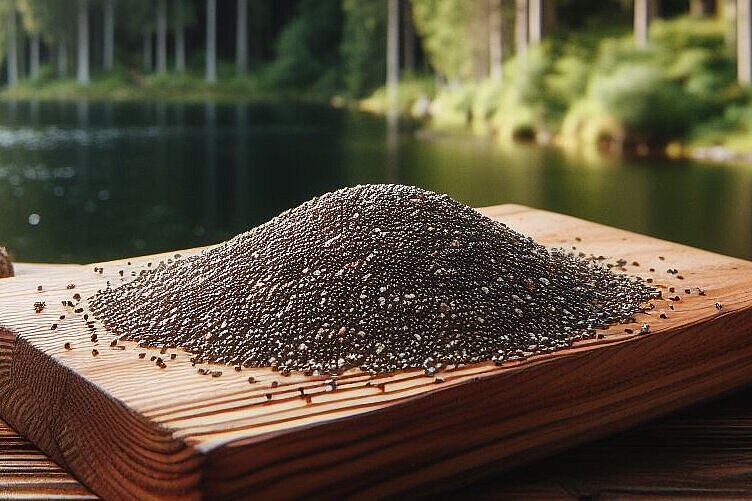Brown rice

What is brown rice?
Brown rice is the unhulled form of rice that still contains the outer husk, the so-called silver skin. This husk is rich in fiber, vitamins, minerals and antioxidants, which are lost in hulled rice. Brown rice therefore has a higher nutritional value than white rice and is also more filling.
What are the benefits of brown rice for dogs?
Brown rice can have various benefits for dogs, depending on why you are feeding it. On the one hand, brown rice can help with digestive problems, as it stimulates intestinal activity and can prevent diarrhea or constipation. Secondly, brown rice can be a good alternative for allergies or intolerances to other cereals, as it is gluten-free and is usually well tolerated. Brown rice can also help with obesity, as it has fewer calories than other carbohydrate sources and keeps blood sugar levels stable.
What are the disadvantages of brown rice for dogs?
Brown rice is not suitable for every dog and can also have some disadvantages. For one thing, brown rice can inhibit the absorption of other nutrients from the food as it contains phytic acid, which binds to minerals such as iron, zinc or calcium. Secondly, brown rice can cause bloating or stomach problems in some dogs as it is more difficult to digest than white rice. In addition, brown rice can be unsuitable for dogs with kidney problems or diabetes, as it contains a lot of starch and increases phosphorus and glucose levels.
How do you feed brown rice to dogs?
If you want to feed your dog brown rice, there are a few things you should bear in mind. Firstly, you should always wash and cook the brown rice well before feeding it to remove contaminants and germs. Secondly, you should only ever feed brown rice as a side dish with a high-quality meat portion to ensure a balanced diet. You should also adjust the amount of brown rice to your dog's requirements and not allow it to make up more than 10 to 20 percent of the total amount of food. Finally, you should always observe how your dog reacts to the brown rice and adjust or stop feeding if necessary.
Brown rice can be a healthy ingredient for dogs that can help with various ailments or simply add variety to their food bowl. However, you should find out beforehand whether your dog tolerates brown rice and how to feed it correctly.
If you notice any signs of hypersensitivity or poisoning in your dog, you should see your vet immediately. We are not a substitute for a vet, but we try to be as accurate as possible. Every dog reacts differently and we recommend you get a second opinion or consult your vet if in doubt.
Stay healthy and take good care of your four-legged friend!😊
Similar to Brown rice
Brown rice is also known as whole grain rice or unpolished brown rice. It arrives in the supermarket neither washed nor polished. As a result, its protein and fat content is higher than that of...
Quinoa is a plant from the foxtail family that grows in the Andes. The seeds of the plant are known as quinoa and are similar in shape and consistency to rice or couscous. Quinoa is gluten-free and...
Chia seeds have many positive properties for your dog's health. Here are some of them: They aid digestion by promoting intestinal flora and preventing constipation. They also bind water and swell...
Rice is a grain obtained from the seeds of the rice plant. There are many different types of rice, which differ in shape, color, taste and nutritional value. The best known are white rice, brown...



